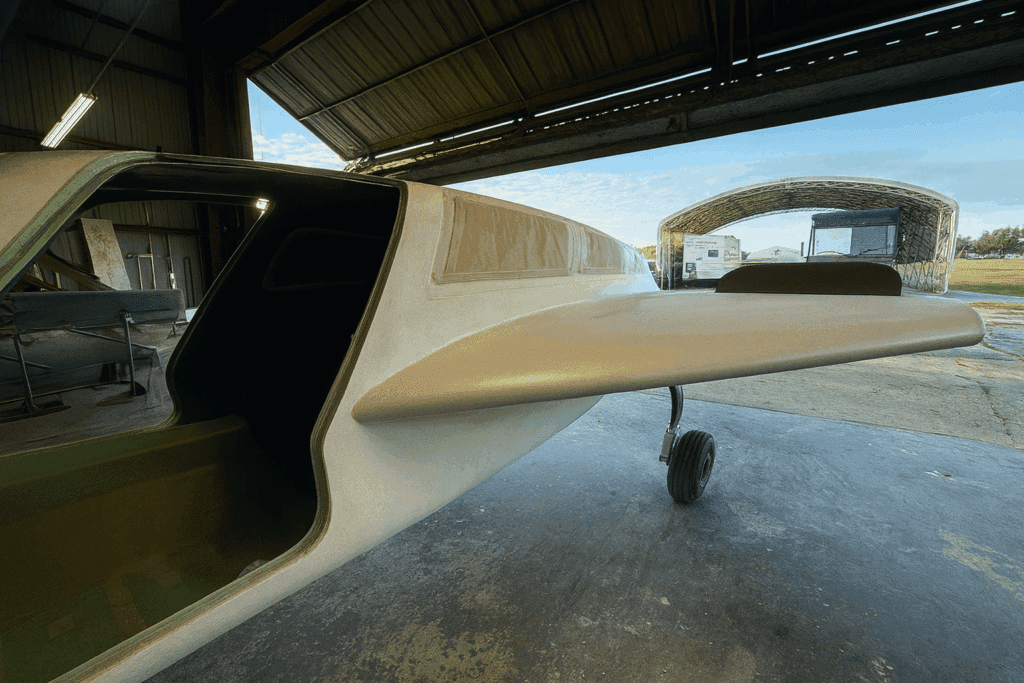
A New Horizon in Aviation — and Sustainability
Imagine a world where the materials we build our aircraft from are lighter, stronger, and also renewable. That’s exactly what the team behind the campaign “The World’s First Hemp Plane” on GoFundMe is working toward.
This project aims not just to create a plane, but to challenge assumptions about what’s possible when innovation meets responsibility.
The Big Idea
At the heart of the endeavour is the belief that nature-based materials can rival (and perhaps surpass) traditional manufacturing composites. The construction plan uses hemp-based composite materials for the airframe, exterior panels, and interior parts of a twin-engine aircraft.
These materials are:
- Rapidly renewable and grown without heavy‐use pesticides.
- Capable of absorbing a significant amount of CO₂ during growth.
- Able to replace heavier, fossil-derived materials — thereby reducing both energy use and emissions in production and operation.
The specific aircraft target is a “Velocity V-Twin” class plane built in Canada.
Why It Matters

- Performance + Sustainability
By combining strong natural fibres with advanced design, the project aims to produce a plane that is not only lighter (improving fuel efficiency) but also built with the planet in mind. Lighter weight means less fuel burn, lower operational emissions, and potentially longer range or higher payload. - Material Innovation
Traditional aircraft often rely on carbon-fibre composites, aluminium, and other materials with high embodied energy and complex recycling burdens. Using plant-based composites introduces a new paradigm where the raw material is renewable. - Symbolic Leadership
This is more than just a plane. It’s a symbol of what aviation could become: one where high tech and environmental stewardship aren’t trade-offs but concurrent goals. Supporting such a project signals belief in a future where engineering and ecology walk hand in hand.
Why We Are Raising Funds For
To bring the vision to actual flight, the campaign lists key milestones:
- Producing and testing the hemp-based composite materials.
- Precision tooling, fabrication of the airframe structure and components.
- Engine installation, avionics integration, and flight certification.
- A global showcase and educational outreach about sustainable aviation.
The fundraising goal is USD $500,000 to complete and test the first aircraft.
How You Can Be Part of It

If you believe that the future of transport can be visionary and responsible, then this project invites you to join. Every donor has their name included on the aircraft — making you literally part of aviation history.
Sharing the campaign, spreading the word, or even following the updates helps amplify the message: that sustainability isn’t a limitation; it’s an invitation to re-imagine.
Looking Forward
When this aircraft takes off, it will represent more than a successful build. It will demonstrate that alternative materials and forward thinking can transcend and deliver real performance.
What comes next include:
- Extending the material technology to other aircraft classes.
- Exploring variations in composite design for different aviation uses.
- Inspiring industry to reconsider sourcing, production materials, and lifecycle thinking.
This project is bold, optimistic, and rooted in action. we don’t have to accept the status quo in aviation materials. We can build something better, together.
Conclusion

The vision behind the world’s first hemp plane is more than an engineering project — it’s a movement toward a cleaner, smarter, and more responsible future in aviation. By blending advanced technology with renewable materials, this initiative proves that innovation and sustainability can soar side by side. Every contribution, every share, and every show of support helps accelerate a future where flight leaves a lighter footprint on the planet.
This aircraft is not just about breaking records; it’s about redefining possibilities. As the project moves closer to takeoff, it stands as a powerful reminder that the path to progress doesn’t have to come at the planet’s expense — it can rise above it.






